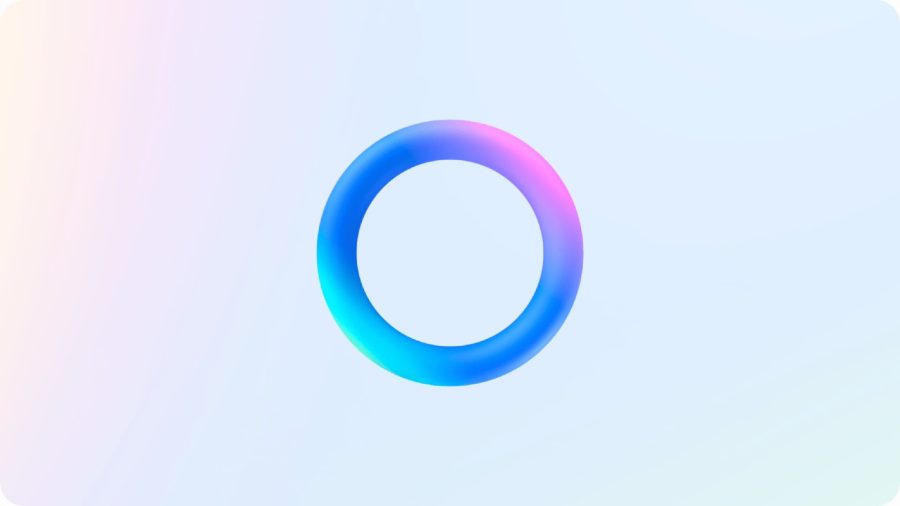Once a wild frontier, the Internet of Things (IoT) has gone mainstream. Business scenarios once dreamed of have become a reality for companies of all types and sizes. And the momentum is just ramping up.
As things become more connected, here are five trends that are reshaping the IoT industry—all of which are addressed in our upcoming IoT in Action event series (more on that later).
Trend #1: Less talk, more action
When the pioneers of IoT brought the first things online—cars, washing machines, and thermostats—IoT was an emerging technology. Back then, implementing IoT was complicated and expensive. Security was non-existent. And from a business standpoint, ROI was a risky gamble. So, while there was plenty of talk around IoT, action was limited.
But as IoT technology has evolved, so has the human mindset. In just the last 12 to 18 months, we’ve witnessed a transition in the IoT market from people talking about the possibilities to leading edge companies having profitable solutions in the marketplace. And while dreams of developing an IoT solution were once thought out of reach, they are now attainable as costs have come down, security has improved, case studies demonstrating ROI abound, and general skill levels within the industry have greatly expanded. Which also means that the overall acceptance and buy-in of IoT amongst business decision makers is more widespread.
Trend #2: Rethinking business models
Businesses are altering and augmenting their business models based on the new possibilities that IoT offers. Retailers are using IoT to analyze customer behaviors, streamline store layout, and customize in-store promotions. Lawn care companies are helping homeowners optimize lawn health using IoT sensors. Even city governments are leveraging IoT to prevent crime, improve public transportation, and modernize infrastructure.
Also supporting changing business models is the emergence of industry-aligned first-party solution accelerators powered by the efforts of Microsoft. As Microsoft focuses on providing the building blocks companies need to get to market faster, they have also formed a Solution Accelerator Program for third-party solution accelerators. This program is designed to help the partner ecosystem build IoT solutions to scale – all while minimizing risk and reducing barriers to entry.
Through these first- and third-party solution accelerators, companies can use the open source development that has already taken place to build an IoT solution for their specific use case. This not only allows companies to devote their time, money, and manpower to developing the part of the solution they really care about, but it also helps reduce costs and time to market.
Trend #3: Shattering siloes
IoT is getting more collaborative. Companies are casting aside siloed approaches to IoT in favor of partnerships as they realize they are only limited by the expertise, capabilities and perspective of the people in their organization. Other main drivers are the realization of a solution’s exponential value when it has access to the data from other solutions and can connect to a customer’s physical world. There is also the growing trend and preference among customers for end-to-end solutions requiring multiple components.
In fact, end customers are becoming increasingly wary of siloed systems. They know that siloes can be expensive, unwieldy to manage and counterproductive to streamlining operations. As more and more of an organization’s “world” gets connected, the greater the desire is among customers to have access to their data, have discretion around how they interact with it, and ultimately, to own it. Companies like Microsoft are helping to facilitate partnerships and provide scalable, extensible underlying infrastructure so that customers can focus on what matters most to them, versus wasting time and money aggregating and making sense of multiple disparate solutions and the data they provide.
Trend #4: Getting serious about security
Ever worry about the neighbor kid hacking your thermostat? It could happen. And worse. Companies are far more cognizant of the risks security gaps pose in their solutions, and they’re much more thorough in vetting the quality of security solutions and claims made by solution creators. They’re looking at end-to-end security, from the device, to the connection, to the cloud. (For more information about securing IoT solutions, check out the seven must-have properties of highly secure devices used in the development of Microsoft’s Azure Sphere solution.)
Trend #5: End-to-end solutions
Over the last five or so years, the IoT market has seen a shift. Whereas before we were seeing 100% platform-as-a-service (PaaS) solutions, now we’re seeing much more software-as-a-service (SaaS) solutions and the emergence of end-to-end solutions. A big part of this is that companies can now focus on selling business outcomes instead of goods. For example, a security and surveillance company might have sold you the actual hardware, but now they use a subscription model to rent you the hardware or exact package you need.
This move to subscription models is a large trend affecting current business models for several reasons. The first being that now companies can focus on the service aspect versus the device aspect. Using the data generated by the IoT-enabled device, they can deliver valuable insights and give you access to a platform that helps you build your business and make future decisions more effectively.
In the next year, we can expect to see fewer PaaS, more SaaS, and the general availability of end-to-end integrated solutions with hardware, services, and deployment capabilities packaged together. These more comprehensive solutions are helping to increase the accessibility and scalability of IoT, allowing companies to buy complete end-to-end-solutions and deploy immediately vs. spending months on implementation and customization. All in all, this results in less complexity, shorter time to value, substantially lower costs, and often even zero upfront costs. This dynamic will be a key component of true scale and mainstreaming of IoT.
Learn more at IoT in Action
Here at Microsoft, we’ve been helping customers reimagine business with IoT for more than two decades. And we’re working hard to accelerate advancements in IoT, so that customers of every size can benefit. The ecosystem and infrastructure to support IoT solution creation, simplicity, and scale has been developing rapidly in the past 6-8 months, and Microsoft is on the forefront of helping galvanize that broader ecosystem in addition to the powerful platform and tools we’ve been delivering for some time.
Join me at IoT in Action where you will see how these trends are playing out—and how you can bring your IoT solution from concept to reality. IoT in Action is a day where you can meet and collaborate with Microsoft’s customer and partner ecosystem and see firsthand how IoT is transforming businesses in every industry across countless scenarios. You’ll get the latest insights around building intelligent edge solutions with Microsoft IoT and securing your solutions with Azure Sphere. We’re also offering practical, hands-on technical sessions designed to help you bring IoT solutions to market faster.
Register early to receive keynote slides from the 2018 IoT in Action event series and to gain access to technical training resources for Azure and Windows IoT. Meanwhile, be sure to check out the IoT in Action webinar series, an additional resource for supplementing your IoT learnings.
- Barcelona – October 15, 2018
- Santa Clara – October 25, 2018
- Taipei – December 12-13, 2018
- Shenzhen – December 18, 2018











